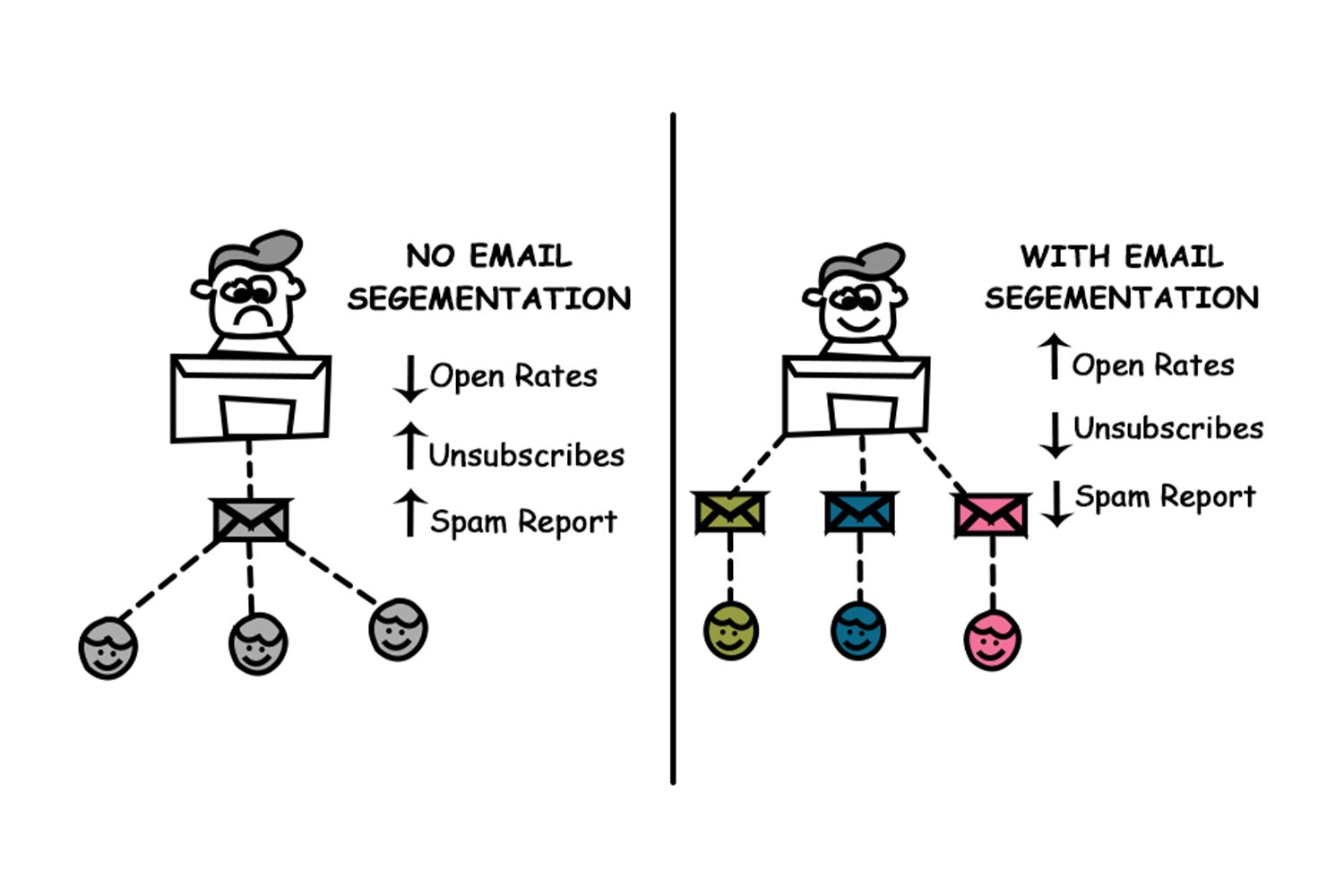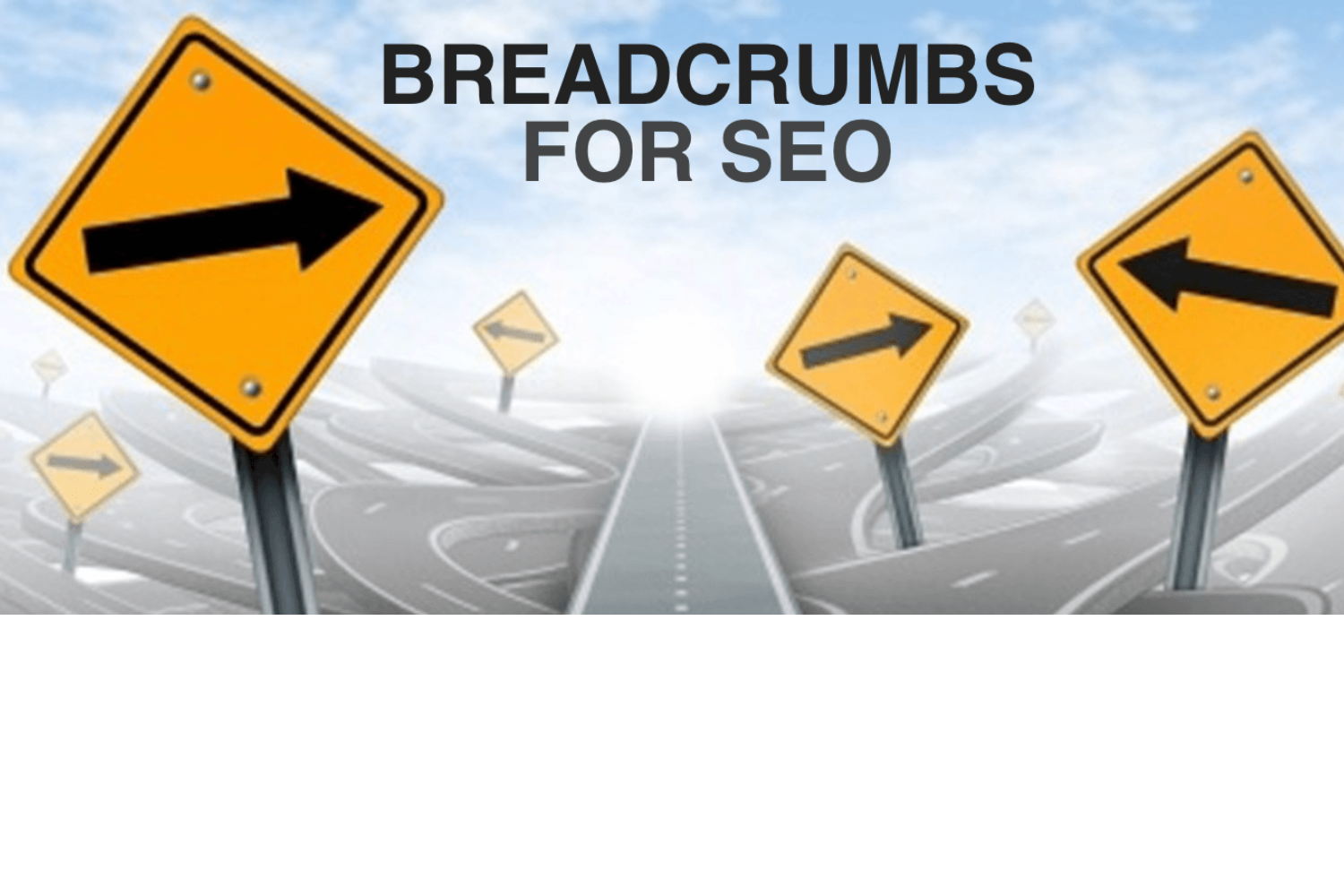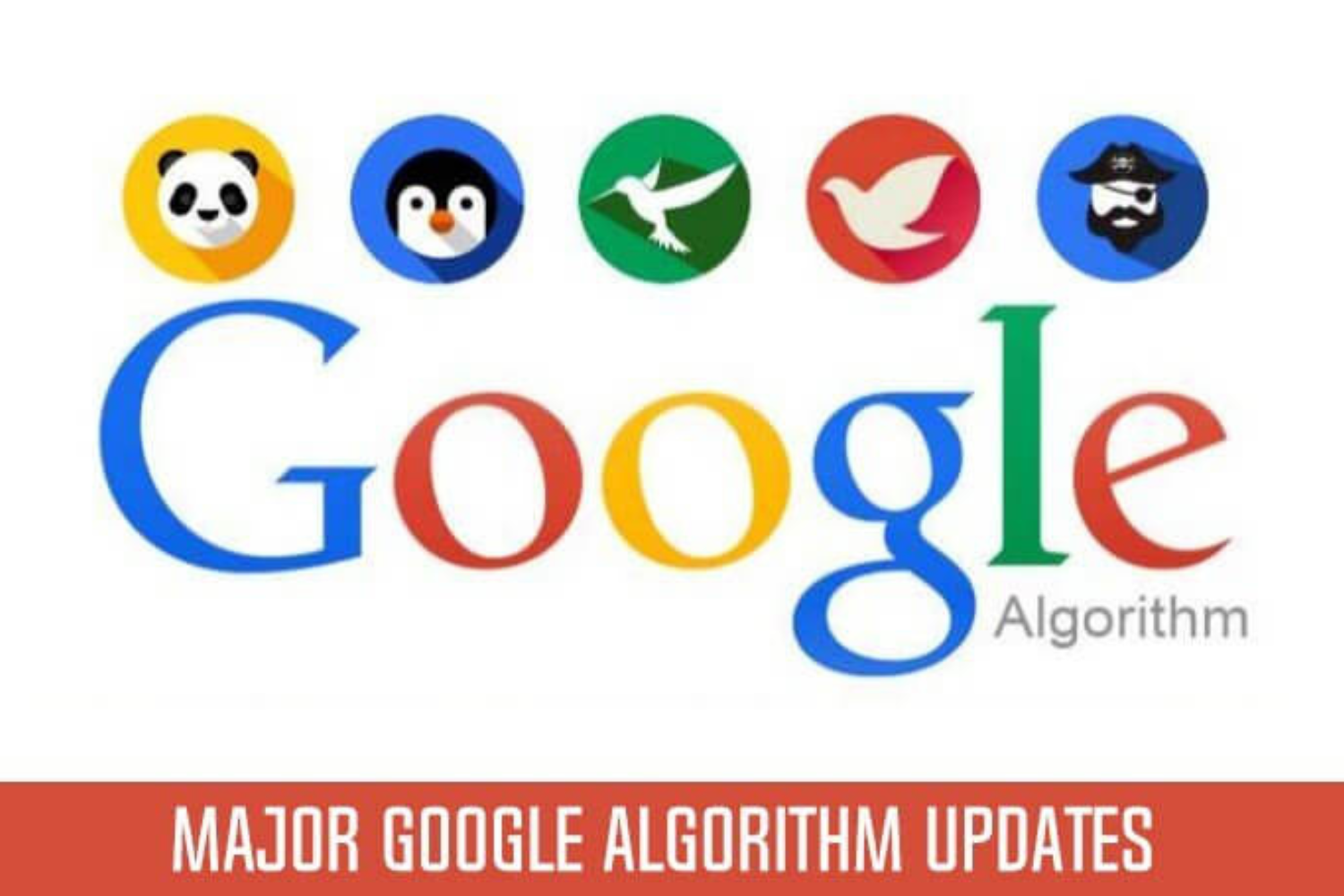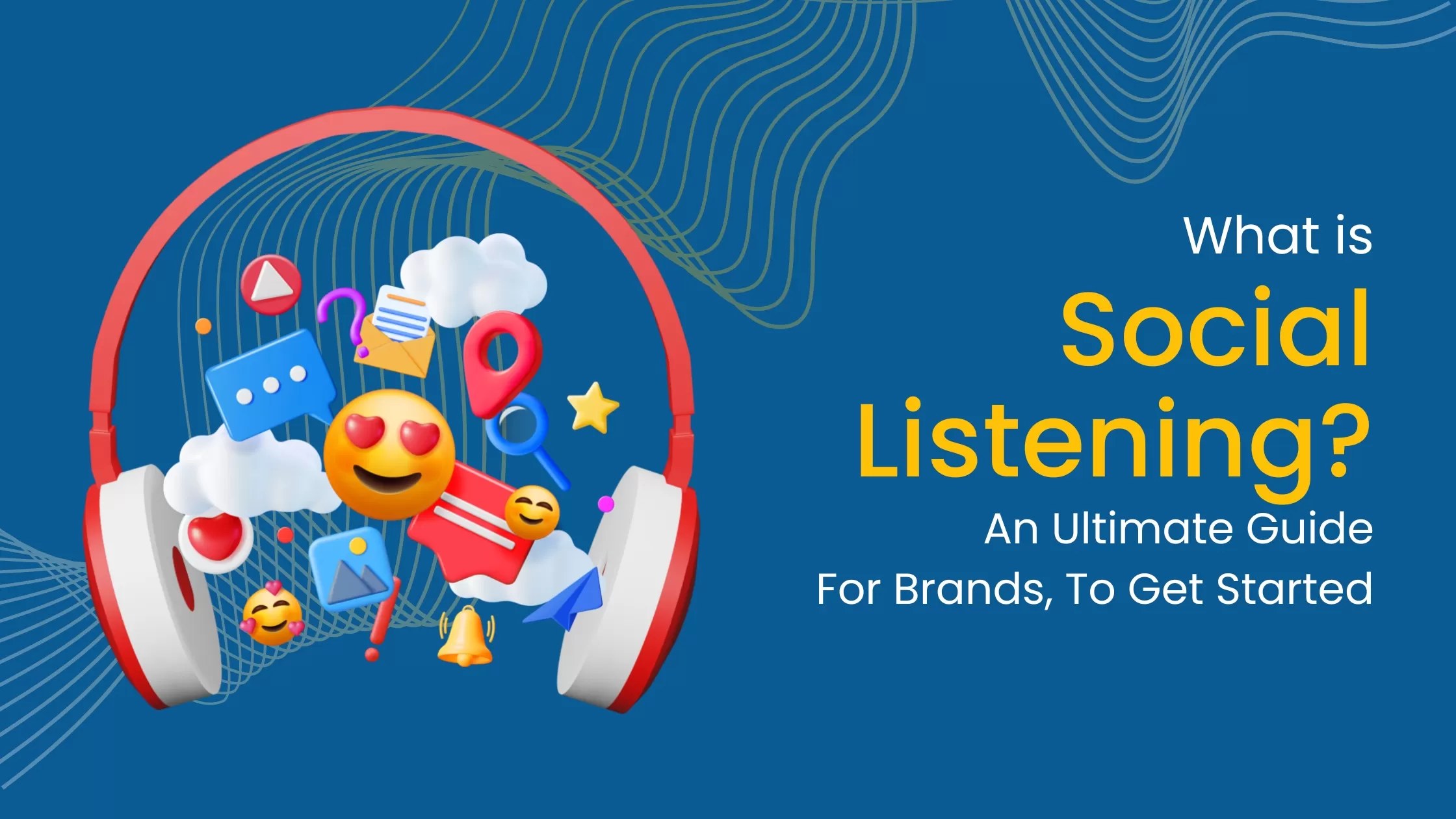09 December
Segmentation Strategies That Drive Conversions in Email Marketing
published
September 23topics
# Email Marketing
Unlocking the Power of Precision Marketing
What is Email Segmentation?
The Importance of Email Segmentation
Improved Engagement Segmentation leads to higher engagement rates. By tailoring your messages to specific segments, you can craft compelling subject lines and content that capture your recipients' attention, driving them to open your emails and click through to your website.
Enhanced Customer Relationships Sending relevant content fosters a sense of connection and trust between your brand and your audience. Subscribers are more likely to view your brand positively when they consistently receive valuable, personalized content.
Types of Email Segmentation
Behavioral Segmentation Behavioral segmentation considers the actions your subscribers take. It includes factors like past purchases, website visits, email engagement, and interaction with previous campaigns. By tracking these behaviors, you can tailor your messaging to match their interests and habits.
Psychographic Segmentation Psychographic segmentation goes deeper into understanding your subscribers' values, motivations, and lifestyles. It helps you craft emotionally resonant messages that connect with your audience on a personal level.
How to Implement Email Segmentation
Choose the Right Segmentation Tools Many email marketing platforms offer built-in segmentation features that simplify the process. Explore your options and select a tool that aligns with your business's needs and capabilities.
Test and Refine
Segmentation is not a one-and-done task. To continually improve your email campaigns, regularly analyze the performance of your segments. Adjust criteria and messaging as needed to ensure ongoing relevance
Implementing Advanced Segmentation Techniques
Predictive Segmentation Predictive segmentation leverages machine learning algorithms to anticipate subscriber behavior. By analyzing past interactions, purchase history, and engagement patterns, predictive segmentation can categorize subscribers into segments that are likely to take similar actions in the future. This advanced technique allows you to send highly personalized content to subscribers based on their predicted behavior, making your emails even more relevant and engaging.
Lifecycle-Based Segmentation Understanding where a subscriber is in their customer journey is crucial for delivering the right content at the right time. Lifecycle-based segmentation divides your audience into groups based on where they are in the sales funnel. Segments may include newcomers, active customers, lapsed customers, and loyal advocates. Tailor your emails to guide subscribers seamlessly through their journey, nurturing leads, and encouraging repeat purchases.
Dynamic Segmentation Static segments are fixed and unchanging, but dynamic segmentation adapts in real-time based on a subscriber's behavior and preferences. For example, if a subscriber starts showing interest in a particular product category or consistently opens emails about a specific topic, dynamic segmentation can move them to a more relevant segment automatically. Dynamic segmentation ensures that subscribers receive content that aligns with their current interests, resulting in higher engagement.
Measuring the Success of Your Segmented Email Campaigns
Open Rates Compare open rates between segmented and non-segmented campaigns. Segmented emails should consistently outperform non-segmented ones, demonstrating that your targeting is effective.
Click-Through Rates (CTR) Look at CTRs to see if segmented emails are driving more clicks. A higher CTR indicates that your content resonates with the specific interests of each segment.
Conversion Rates Ultimately, conversions are the most critical metric. Analyze whether your segmented emails are leading to more conversions, such as purchases, sign-ups, or other desired actions.
Revenue Generated Calculate the revenue generated from segmented campaigns compared to non-segmented ones. The goal is to see a substantial increase in revenue from your segmented efforts.
Unsubscribe Rates Keep an eye on unsubscribe rates. If your segments are too broad or not properly targeted, subscribers might become disengaged and opt out.
Engagement Over Time Monitor how engagement changes over time for each segment. Ensure that your segments remain relevant as your subscribers' preferences evolve.
Leveraging Data and Analytics To gain deeper insights into the success of your segmented email campaigns, leverage data and analytics tools. Here's how:
Customer Segmentation Analytics Utilize customer segmentation analytics tools provided by your email marketing platform. These tools can help you track the performance of each segment, providing detailed insights into open rates, click-through rates, and conversions for specific audience groups.
A/B Testing Conduct A/B tests within each segment to fine-tune your email content and strategies. Test different subject lines, email copy, images, and calls to action to identify what resonates best with each segment.
Heatmaps and Click Tracking Heatmaps and click tracking tools can reveal how recipients are engaging with your emails. Are they clicking on specific links or images? Heatmaps visually display where subscribers are spending the most time within your emails, helping you optimize content placement.
Email Marketing ROI Calculate the return on investment (ROI) for your segmented email campaigns. Measure the revenue generated against the costs associated with your email marketing efforts. Effective segmentation should result in a higher ROI compared to non-segmented campaigns.
Ongoing Optimization Successful email segmentation is an evolving process. Use the insights gathered from data and analytics to optimize your strategies continually. Here's how to do it:
Segment Refinement Regularly review your segments to ensure they remain relevant and effective. As your audience evolves, adjust your criteria to align with changing behaviors and preferences.
Personalization Enhancement Continue to enhance personalization within your segments. Use dynamic content to customize emails further based on individual subscriber data, such as location, recent purchases, or browsing history.
Automation and Triggers Implement automation and triggers to deliver timely messages to each segment. For instance, trigger emails based on subscriber actions, such as abandoned cart reminders, post-purchase follow-ups, or birthday greetings.
Multichannel Integration Consider integrating email segmentation with other marketing channels, such as social media and SMS. Ensure a consistent message across all channels to provide a seamless customer experience.
Staying Compliant As you delve deeper into email segmentation, it's crucial to maintain compliance with data protection regulations. Keep these compliance considerations in mind:
Consent and Privacy Obtain explicit consent from subscribers to collect and use their data for segmentation purposes. Clearly communicate your privacy policy and provide opt-out options.
GDPR and CAN-SPAM Familiarize yourself with the General Data Protection Regulation (GDPR) and the Controlling the Assault of Non-Solicited Pornography And Marketing (CAN-SPAM) Act to ensure your segmentation practices align with legal requirements.
Conclusion
Remember, the key to effective segmentation is continual improvement. Regularly review and refine your segments based on performance data, adapt to changes in your subscriber list, and embrace emerging technologies to automate and enhance your segmentation efforts. Email segmentation is more than a strategy; it's the bridge that connects your brand with your audience on a deeper level.
It's the path to stronger engagement, higher conversions, and a more prosperous future for your email marketing campaigns. So, start segmenting, measuring, and refining today to unlock the full potential of your email marketing endeavors.done task. To continually improve your email campaigns, regularly analyze the performance of your segments. Adjust criteria and messaging as needed to ensure ongoing relevance.
FAQ’s
Why is email segmentation important?
Email segmentation is crucial because it allows you to send highly targeted and relevant content to different groups of subscribers. This increases engagement and conversion rates while improving the overall effectiveness of your email marketing.
How do I start segmenting my email list?
Begin by collecting as much data as possible about your subscribers. This might include demographics, purchase history, website behavior, and more. Once you have this data, use your email marketing platform's segmentation features to create meaningful segments.
What are some common segmentation mistakes to avoid?
Avoid over-segmentation, which can make your email marketing efforts complex and difficult to manage. Also, ensure that the data you collect is accurate and up-to-date to prevent sending irrelevant content.
How can I create compelling content for each segment?
Research and understand the unique needs and interests of each segment. Craft tailored messages that directly address those needs, and use personalized subject lines and content to grab their attention.
How often should I review and update my segments?
Regularly review your segments, especially as your subscriber list grows and evolves. As a rule of thumb, aim to revisit your segments at least quarterly to ensure they remain relevant.
Can I use segmentation for automated email campaigns?
Absolutely! Automation and segmentation work hand in hand. By creating automated workflows for each segment, you can send timely and personalized messages without constant manual intervention.
What are some advanced segmentation strategies?
Advanced strategies include predictive segmentation, where machine learning algorithms predict subscriber behavior, and lifecycle-based segmentation, which considers where a subscriber is in their customer journey.
Are there any compliance considerations with segmentation?
Yes, it's crucial to comply with data protection regulations like GDPR and CAN-SPAM when collecting and using customer data for segmentation. Always obtain proper consent and provide clear opt-out options.
What is the future of email segmentation?
The future of segmentation lies in AI and machine learning. These technologies will enable even more precise and real-time segmentation, allowing marketers to deliver hyper-targeted content effortlessly.Become Our Next Obsession With Your Project.
Let’s talk
We're excited to discuss your ideas, goals, needs, and dreams. Let's schedule a call.
Start a projectSome topics to look into
discover our blog22 November
02 November






